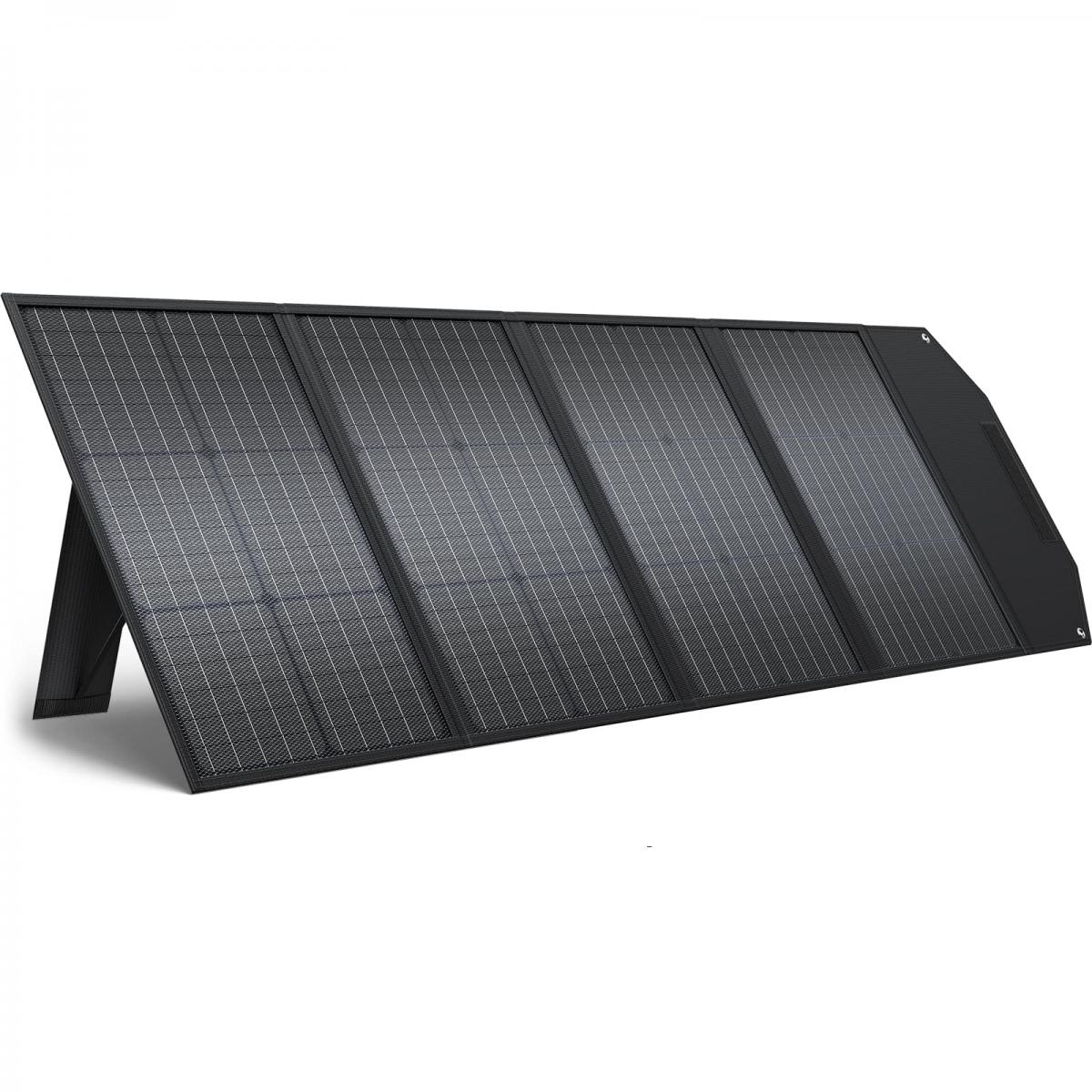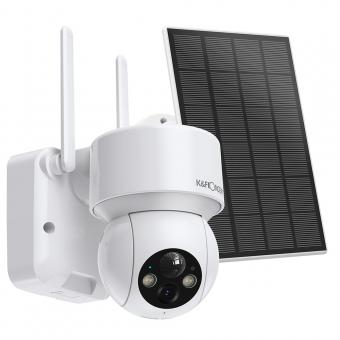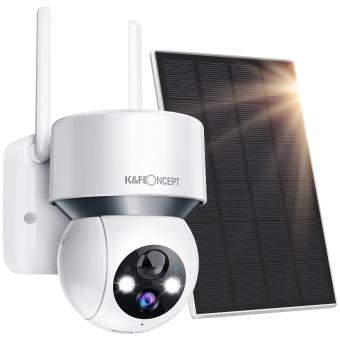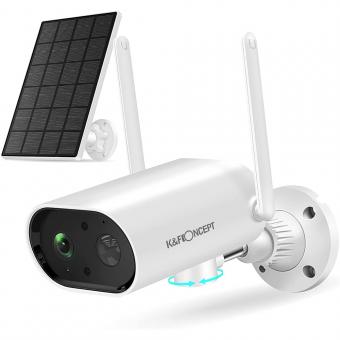How Much Money Do Solar Panels Save?
In recent years, solar power has surged in popularity as homeowners and businesses seek ways to reduce their carbon footprint and save money on energy costs. One of the most frequent questions people ask when considering this renewable energy source is, "How much money do solar panels save?" The answer can vary significantly based on several factors, including your location, energy consumption, and the specifics of your solar panel system. In this comprehensive guide, we'll break down these factors to provide a clear understanding of how solar panels can lead to substantial financial savings.

## The Financial Benefits of Solar Panels
1. Reduction in Electricity Bills
The primary way solar panels save money is by significantly reducing electricity bills. When you install solar panels on your property, they generate electricity from sunlight, which you can use to power your home or business. This means you rely less on electricity from the grid, resulting in lower monthly utility bills. The exact savings depend on your location, the size of your solar panel system, and your energy consumption patterns.
For instance, in areas with high electricity rates, the potential savings are more substantial. According to the U.S. Energy Information Administration, the average residential electricity rate in the United States is approximately 13.31 cents per kilowatt-hour (kWh). If your solar panels generate 10,000 kWh per year, that's $1,331 in savings annually just from the energy produced by your solar panels. Keep in mind that as electricity rates rise over time, your savings will increase proportionally.
2. Net Metering
Net metering is a billing mechanism that credits solar energy system owners for the electricity they add to the grid. For example, if your solar panels generate more electricity than your home or business needs, the excess energy is fed back into the grid, and your utility company credits your account. These credits can offset the cost of electricity you draw from the grid when your solar panels aren’t generating enough power, such as at night or during cloudy days.
The availability of net metering can vary by location, and the specifics of each program can differ. However, states and locales with favorable net metering policies can significantly enhance the financial benefits of installing a solar energy system.
3. Tax Incentives and Rebates
Governments at all levels—federal, state, and local—offer various incentives and rebates to encourage the adoption of solar energy. For instance, the U.S. Federal Solar Tax Credit (Investment Tax Credit, or ITC) currently allows you to deduct 26% of the cost of installing a solar energy system from your federal taxes. This rate will drop in future years, so acting sooner rather than later can maximize your tax savings.
Additionally, many states and municipalities offer their own incentives, such as rebates, tax credits, and grants. These programs can vary widely, but they collectively reduce the initial cost of installing solar panels, thereby shortening the payback period and increasing your overall savings.
4. Increased Property Value
Installing solar panels can also increase your property’s value. Studies have shown that homes with solar energy systems sell for more than homes without. The increased home value can be attributed to the potential for future energy savings and the growing demand for eco-friendly homes.
According to a study by the Lawrence Berkeley National Laboratory, homes with solar panels sell for approximately 4.1% more than comparable homes without solar power. This increased value can make a significant difference when you decide to sell your property.
## Key Factors Influencing Savings
1. Location
Your geographical location plays a crucial role in determining how much money you can save with solar panels. Regions with more sunlight will naturally generate more solar power, leading to greater savings. For example, states like Arizona, California, and Nevada have abundant sunshine, making them ideal for solar energy production. On the other hand, areas with limited sunlight may see smaller savings, although advancements in solar technology continue to make panels more efficient in lower-light conditions.
2. Energy Consumption
The amount of energy you consume will also impact your savings. If your energy usage is high, the potential for savings is greater. Solar panels can offset a significant portion of your energy consumption, leading to more substantial reductions in your utility bills. Conversely, if your energy use is relatively low, the savings will be smaller. However, even for low-energy households, the long-term financial benefits can still be worthwhile.
3. Cost of Installation
The initial cost of installing a solar panel system can be significant, but it’s essential to consider this expense in the context of long-term savings. The cost can vary based on the size and type of system, the complexity of the installation, and local labor rates. On average, the cost of installing solar panels in the United States ranges from $15,000 to $25,000 before incentives and rebates. While this may seem high, the return on investment (ROI) can be substantial over the lifetime of the system, often between 10 to 15 years.
4. Financing Options
How you finance your solar panel installation can also affect your overall savings. Purchasing the system outright typically offers the highest long-term savings since you own the equipment and can take full advantage of available incentives. However, not everyone has the upfront capital to purchase a solar system outright.
Leasing options and power purchase agreements (PPAs) are also available, allowing you to benefit from solar energy without the upfront costs. While these options reduce the immediate financial burden, they generally offer smaller long-term savings compared to owning the system, as a portion of the financial benefits will go to the leasing or PPA company.
## Real-World Examples
To better understand the potential savings from solar panels, let’s consider a few real-world examples:
Example 1: California Homeowner
A homeowner in California installs a 6 kW solar panel system at a cost of $18,000. After applying the federal tax credit of 26%, the net cost is $13,320. California’s abundant sunshine allows the system to generate approximately 9,000 kWh per year. With an average electricity rate of 19.9 cents per kWh, the homeowner saves approximately $1,791 annually, resulting in a payback period of about 7.4 years. After the payback period, the savings continue to accumulate, leading to significant long-term financial benefits.
Example 2: New York Business Owner
A small business owner in New York installs a 10 kW solar panel system costing $25,000. With federal and state incentives, the net cost drops to $18,500. The system generates around 12,000 kWh per year, and with New York’s average commercial electricity rate of 15.4 cents per kWh, the business owner saves approximately $1,848 annually. The payback period is about 10 years, and once the system is paid off, the business will save nearly $1,850 annually on energy costs, allowing for increased profits or reinvestment in the business.
Example 3: Texas Homeowner with Net Metering
A Texas homeowner installs a 7 kW solar panel system costing $21,000. With the federal tax credit, the net cost is $15,540. The system generates about 10,500 kWh per year. Texas’s average electricity rate is 12.2 cents per kWh, leading to annual savings of approximately $1,281. Additionally, Texas offers favorable net metering policies, allowing the homeowner to receive credits for excess energy fed back into the grid. These credits further increase the savings, reducing the payback period to around 9 years.
## Conclusion: Maximizing Your Savings with Solar Panels
Determining how much money solar panels can save you involves considering several factors, including your location, energy consumption, installation costs, and available incentives. While the initial investment can be substantial, the long-term savings on energy bills, benefits from net metering, tax incentives, and increased property value make solar panels a financially sound investment for many homeowners and businesses.
By conducting thorough research, consulting with solar energy professionals, and taking advantage of available incentives, you can maximize your savings and enjoy the numerous benefits of switching to solar power. As solar technology continues to advance and become more affordable, the financial benefits are likely to increase, making now an excellent time to consider investing in solar energy.





































